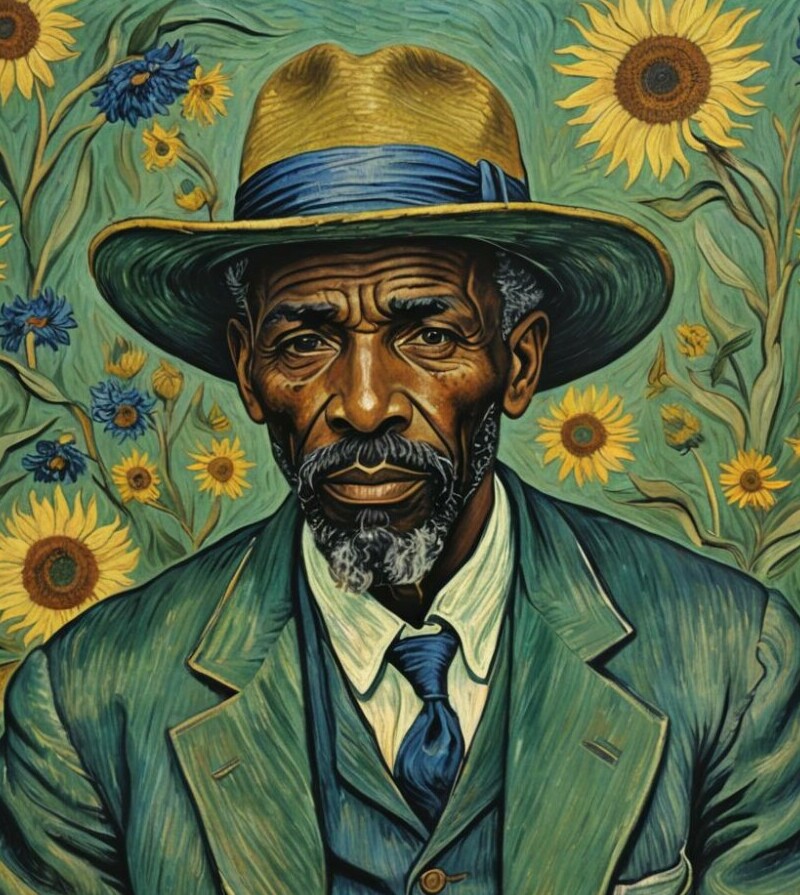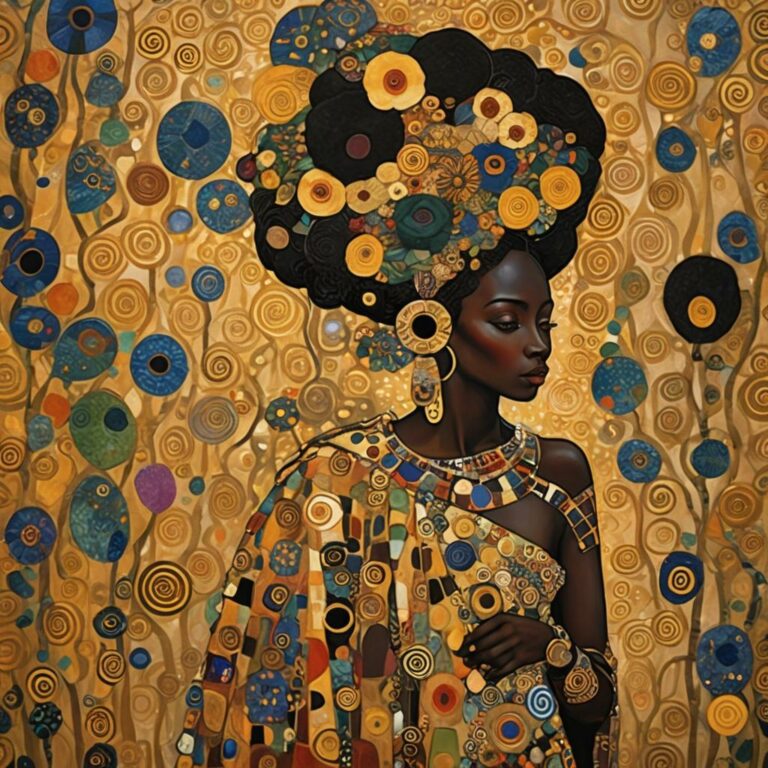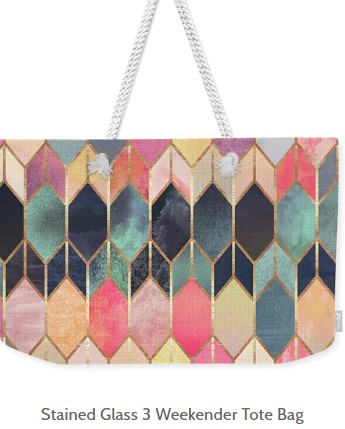The Future Of Digital Art And Collectibles
If you’re curious about the realm of art, you’ve likely noticed a significant shift in recent years. Gone are the days when a brush and canvas defined the artist’s toolkit. Now, screens, software, and even code have become the new mediums for masterpieces. It’s a digital renaissance, and it’s reshaping everything from creation to consumption.
What’s causing this seismic shift, you ask? Technology, of course. With advances in digital tools, artists are pushing boundaries like never before, crafting experiences that defy traditional forms. These technological miracles empower artists to conjure visuals that once lived only in the furthest reaches of the imagination.
This transformation isn’t just about the artists either. Society at large is coming to understand and value digital art in ways that parallel the respect traditionally reserved for physical pieces. Museums showcase digital installations, online galleries proliferate, and virtual collections are as coveted as their tangible counterparts.
Moreover, the business of art is witnessing historical changes. Artwork that lives solely on a screen is commanding prices that rival those of physical artworks sold at prestigious auction houses. Creativity is thriving in this digital ecosystem, paving the way for novel ways to appreciate, collect, and invest in art.
Technological Innovations Shaping the Industry
Digital art is not just evolving; it’s being revolutionized by cutting-edge technology. Among the most transformative forces is blockchain. This distributed ledger technology gave birth to Non-Fungible Tokens or NFTs. NFTs have changed the game by ensuring the uniqueness and ownership of digital pieces, which in turn, supports both their scarcity and value in the marketplace.
Artists and creators are also playing with AI and machine learning, not only as tools but as collaborators. This symbiotic relationship between the artist and machine is producing unprecedented forms of art that challenge our traditional understanding of creativity and authorship. Machines are learning to paint, write, and even compose music, opening up debates about the future role of human artists.
Experience-driven platforms, such as augmented and virtual reality, are defining new frontiers in digital art. These technological advancements allow for immersive experiences that bring audiences into the canvas, so to speak. They’re transforming passive viewers into active participants, blurring the lines between artist, artwork, and audience.
Digital art is becoming more than just a visual experience; it’s interactive and engaging, commanding the role of the observer to evolve. The marriage of digital art with technology like motion detection and responsive environments suggests that future art forms may be as responsive as a conversation, offering a unique experience with each interaction.
Investment and Market Dynamics of Digital Collectibles
The digital collectibles sphere is more than a fleeting craze; it’s a booming market, redefining investment for the tech-savvy generation. While skeptics might have viewed digital assets as mere novelty items at first, these unique tokens of ownership are now substantial contenders in the investment arena.
For investors, the world of digital collectibles presents a paradox of significant potential rewards against the backdrop of inherent risks. It is important to recognize that, as with any emerging market, volatility is part of the package. This volatility can sometimes offer astute investors the chance to capitalize on market swings, but it comes with the need for due diligence and a risk appetite.
From a broader economic perspective, digital collectibles are not just niche tokens for enthusiasts; they’re stretching their roots into the wider global marketplace. Sales of Non-Fungible Tokens (NFTs) have surged, raking in millions and signifying a serious economic movement. This influx of capital illustrates confidence in the value of digital creation and the willingness of market actors to invest in intangible assets.
Evident through auction houses like Christie’s and Sotheby’s entering the digital art fray, and the influx of mainstream platforms like NBA Top Shot capturing the public’s attention, digital art collectibles are reshaping the investment landscape. The spotlight falls not just on the high-profile sales but on the democratizing potential for artists and collectors alike. Case studies, such as Beeple’s ‘Everyday: The First 5000 Days,’ which sold for over $69 million, underscore the magnitude of what’s possible in this digitally driven market.
As we prepare to transition to the next section, the pivotal role of digital collectibles in the investment world cannot be overstated. The ripple effects of this movement call for a closer examination of the ethical and social questions it raises, ensuring that the advance of digital art continues to benefit creators and collectors rightfully and sustainably.
Navigating the Ethical Terrain: Our Responsibility in the Digital Art Movement
As we chart the expansive territory of digital art and collectibles, it’s imperative to discuss the ethical and social responsibilities that come with this new terrain. The exponential growth of digital creativity has not only opened doors to unprecedented artistic expression but has also prompted significant questions about how to safeguard the rights and recognition of creators in an increasingly digital landscape.
Copyright infringement is a pressing issue as pieces can easily be copied and distributed without permission. Artists and collectors alike must stay informed about their rights and the tools available to protect their work. Technology comes to the rescue here, with blockchain’s ability to authenticate and certify digital assets reducing the risk of unlawful duplication. At the same time, art platforms and creators should work closely to ensure that copyright laws adapt to the increasingly digital nature of art creation and distribution.
Another critical aspect to consider is the financial future of artists. In a world where digital art can be easily shared and viewed for free, it’s crucial to establish and respect systems that guarantee artists are fairly compensated for their work. This could be through traditional sales, royalties from secondary sales, or alternative monetization strategies tailored to digital platforms. As a society, we must prioritize fair remuneration to ensure the sustainability of the digital art field.
Lastly, while we appreciate the convenience and accessibility of digital art, we should also ponder its environmental impact. The servers that store and process digital artworks consume vast amounts of energy. Steps must be taken to minimize the carbon footprint of digital art activities, promoting a shift towards eco-friendly practices within the industry.
In conclusion, as we embrace the boundless potential of digital art, we also inherit the charge to handle its evolution with care. By acknowledging ethical challenges and proactively seeking solutions, we safeguard the vibrancy and integrity of the digital art world. It’s a shared responsibility among artists, collectors, platforms, and audiences to promote a fair, sustainable, and respectful digital art ecosystem.



